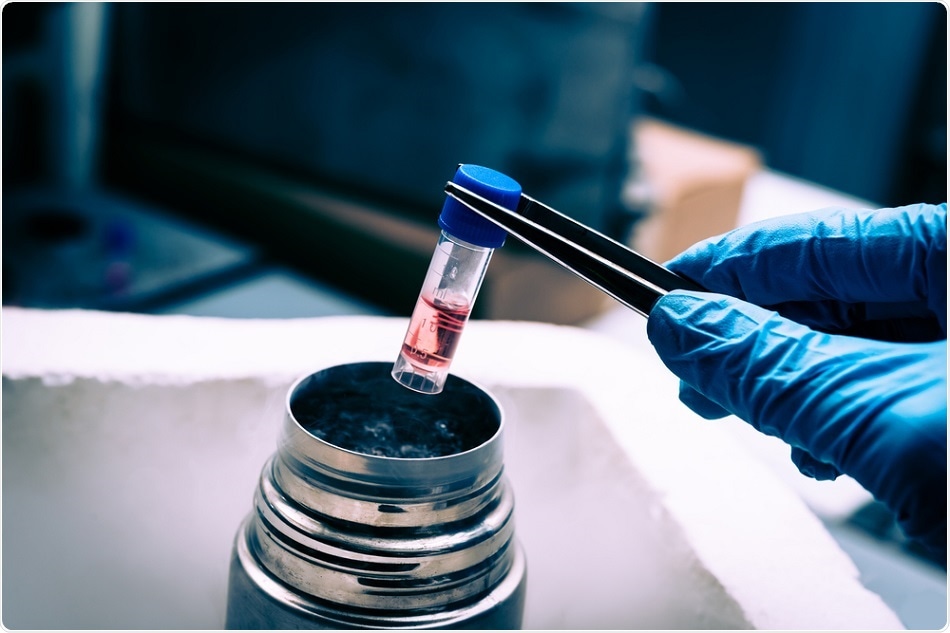Stem cells collected from children who had been treated for cancer, which were being stored for “possible future use” in a Los Angeles hospital freezer, perished after an equipment malfunction, leaving 56 patients uncertain and scared.
 Elena Pavlovich | Shutterstock
Elena Pavlovich | Shutterstock
The Children’s Hospital has since apologized and communicated with all affected families. It also set up a dedicated line for parents who want to seek clarifications about their child’s stem cells. Meanwhile, the hospital said that these “excess” cells were not essential for the children’s treatment but were being kept in long-term storage.
We routinely collect cells early in a child's course of oncology therapy for possible future use. When excess cells are not needed, they remain in storage in the unlikely event that they could become helpful in the future.”
Los Angeles Children's Hospital
The hospital also assured patients and families that it would “support [them] in any follow-up care that they might need.”
Why it happened
The freezer housing the stem cells failed because of a malfunction in the temperature sensors, which the existing safeguards were incompetent to pick up. The hospital replaced the freezer, installed improved temperature sensors, a monitoring and alert system, and completed a full assessment of all power sources. The maintenance schedule has been upgraded and a hospital team is undergoing training to take full advantage of the new monitoring system.
Patients were distraught, especially since they worry that the cancer they were treated for may reoccur in the future. These patients have typically been treated with heavy chemotherapy and radiation to kill all the cancer cells in the body, and later received stem cell therapy to help the body regrow its immune and blood cells.
Having paid a heavy price in terms of effort and pain to get the stem cells in the first place, they feel that a crucial avenue of support has been cut off. However, the doctors say that is not true. If patients who have been successfully treated for cancer have the cancer return, they can again have their stem cells harvested for a repeat stem cell therapy. This is true in many cases, says expert Ludovico Guarini, but in a few patients with aggressively recurrent tumors, outside donors may be needed to obtain stem cells.
Another source of distress and anger to the families affected is that the letters containing the notification of the loss were addressed directly to the children rather than to their caregivers, who were therefore often unable to prevent the children from knowing and unnecessarily worrying about this event. The hospital apologized for this oversight as well and is now going over its notification process as well to avoid a repetition of such occurrences.
What are stem cells?
Stem cells retain the potential to change into any other kind of mature cell found in the body. They are typically used in cancer treatment of solid tumors in children. Solid tumors are those that arise in the brain, kidney or other solid organs rather than in the blood or lymph nodes, and which therefore circulate throughout the body.
The stem cells are collected from the patients to replenish bone marrow cells that are usually seriously affected by heavy doses of chemotherapy and radiation used in cancer-curative therapies. This allows the administration of higher doses of these agents in the hope of completely curing these tumors. Stem cells are collected from the bone marrow under anesthesia, or from the peripheral blood after stimulating the bone marrow to produce more of them and to release them into the bloodstream. The difficulty of this process accounts for the desire of both patients and physicians to store excess stem cells in case they are ever needed again.
In such cases, the patients usually have stem cells collected from the body, then undergo extirpative chemotherapy to wipe out all cancer cells and existing bone marrow cells from the body. This leaves the patient completely defenseless against any infection, and therefore these individuals are kept in specialized isolation rooms. Meanwhile, they are given stem cells which home in on the bone marrow. The patients are also given special growth factors, chemicals that mimic those produced by the body, to stimulate the multiplication and maturation of the stem cells into the bone marrow cells that churn out red and white blood cells. Over several months, the patient usually recovers normal blood counts and immune status and is then able to return to normal life and activity.